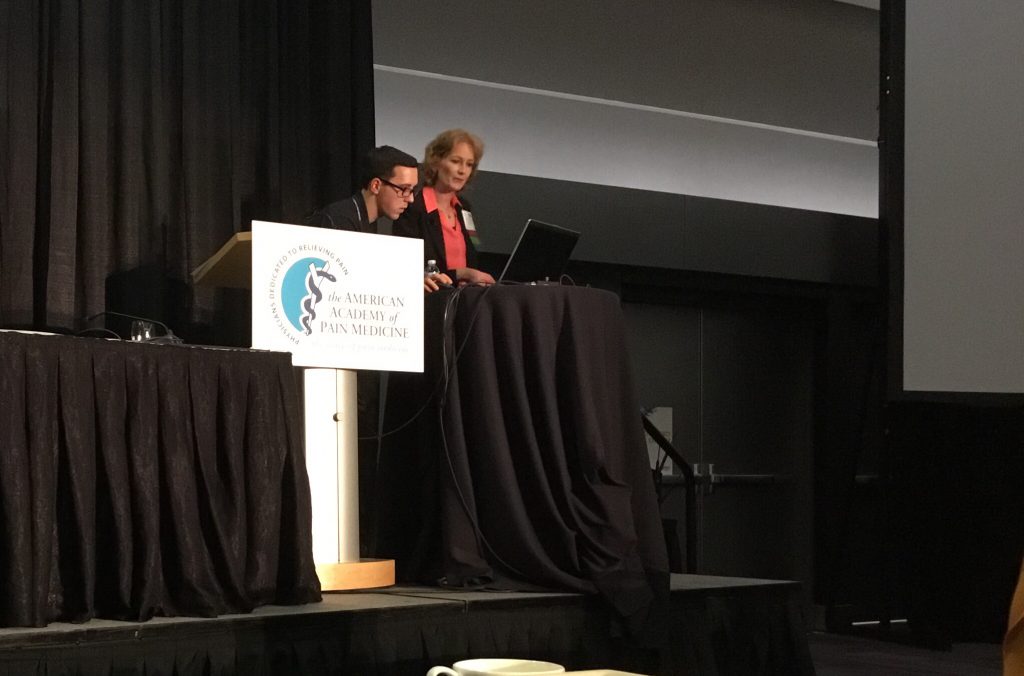Developing Collaborative Multidisciplinary Models
At the 2018 American Academy of Pain Management Annual Meeting, Catriona Burist, DPhy, from Oregon Health Sciences University discussed the State of Oregon’s experience in developing collaborate Care multidisciplinary models for Medicaid patients.
The goal of the Oregon Opioid Initiative was to reduce deaths, non-fatal overdoses, and harm to residents from prescriptions while expanding non-opioid pain care.
Oregon’s Medicaid program uses Coordinated Care Organizations to provide care to the state’s Medicaid population. These CCOs receive fees based on the number of patients covered and those funds are used to cover services. As part of this initiative, they increased coverage for non-opioid pain interventions and decreased coverage for opioids.
The certified Oregon Pain Rehab Programs last from 8 weeks to one year and are from 1.5 to 9 hours per week. The costs are based on a case rate per member per month. Most services are provided in group settings. Many have peer mentors. At minimum, all these state certified programs all have pain education, cognitive behavioral therapy, sleep hygiene, movement and mindfulness as part of their program. Program participants receive vouchers to attend yoga, tai chi and use the pool at YMCA facilities. They also work with other community resources including Whole Foods that donates foods and provides cooking classes for attendees.
Transportation tends to be one of the bigger barriers to participation so the programs will assist with transportation. The program also monitors other psycho-social elements of the patient’s life and provides counseling and support services for things like finding stable housing, insurance coverage, employment, and other services.
They are tracking outcomes on these programs and hope to publish some outcome studies later this year.


